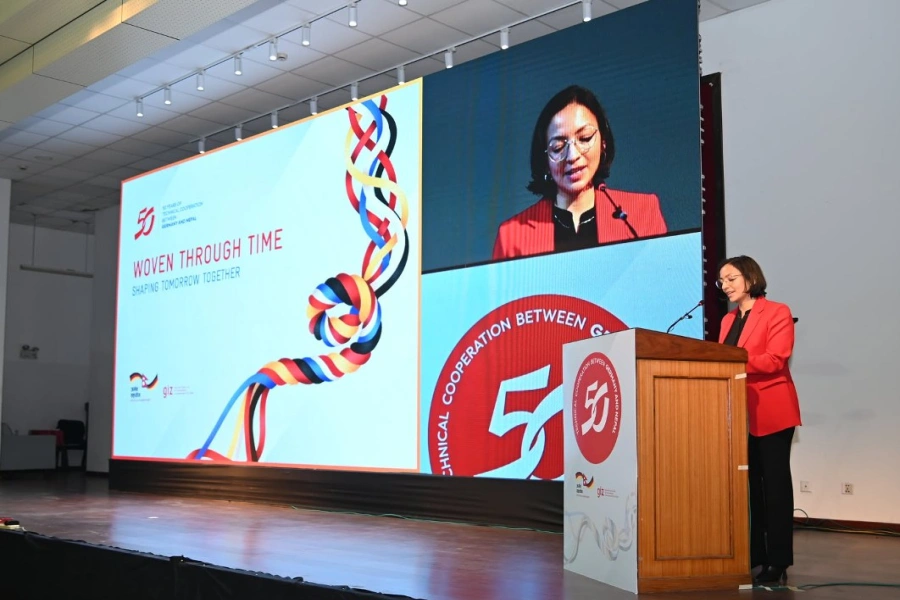KATHMANDU, Aug 26: In Nepal, many aspiring scientists believe that breakthrough research requires expensive equipment. "We don’t have enough research opportunities and equipment" is a common phrase among aspiring Nepalese researchers. This misconception has discouraged many from pursuing advanced scientific studies. However, one young Nepali scientist has proven that creativity and analytical skills can overcome these challenges.
Nirakar Sapkota, who began his research journey in Nepal when he was studying plus two in science at St. Xavier’s College, has made significant global contributions with his work on solar and geomagnetic phenomena. Despite limited research facilities in Nepal, Sapkota developed innovative techniques in space weather research, collaborating with co-author Dr. Binod Adhikari and others. His research has greatly influenced space weather studies in Nepal, laying the foundation for numerous solar and geophysical investigations by other Nepalese scientists. Currently based in the US, Sapkota continues to make a major impact, with his research influencing space weather studies worldwide, from Germany to South Africa.
NAST at work to publish directory of Nepali scientists and tech...

Space weather refers to conditions in space that can affect Earth and its technological systems. A powerful solar storm in 1859, known as the Carrington Event, caused telegraph systems worldwide to fail. This is equivalent to the internet and electrical systems failing worldwide in today’s world. Researchers estimate that if a similar event were to occur today, it could potentially cause up to $2.6 trillion in damages to the United States alone. Sapkota's work provides new tools for studying these events and their effects on Earth, helping with early warning systems to protect critical infrastructures.
"There's an incredible sense of purpose in researching how solar activity influences our technological systems. It connects abstract solar physics to everyday life." Sapkota reflected in his recent conversation with Republica.
Sapkota, who graduated from Princeton University in the USA two years ago, focuses on analyzing various aspects of space weather: Geomagnetically Induced Currents (GICs), cosmic ray intensity, and geomagnetic disturbances. One of his crucial findings reveals how solar storms generate rapidly changing magnetic fields that induce unpredictable electrical currents in power grids. Such phenomena can cause sudden nationwide power outages, which could take countries months to recover from, making it crucial to predict and prepare beforehand. Sapkota claimed that his discovery is a significant step in developing early warning systems to protect against these space weather threats.
Another of his works involves the analysis of cosmic ray intensity fluctuations during solar events. He discovered that cosmic rays have lower intensity than previously understood during different solar events. This finding is important for satellite maintenance schedules as it can predict times of lower cosmic-ray exposure, which is ideal for conducting repairs. It can also help governments save hundreds of millions of dollars in satellite damages and potential disruptions to nationwide GPS systems.
The impact of Sapkota’s work extends beyond Nepal. German researchers have utilized his methods to improve space-weather models for satellite protection, while Ethiopian scientists have applied his work to analyze currents during geomagnetic storms. In South Africa, researchers have incorporated his research to prevent power outages during solar storms, and Chinese scientists have employed his techniques to study geomagnetic storm impacts on power systems. These diverse applications demonstrate the wide-reaching impacts of Sapkota's work in the field of space weather research.







































